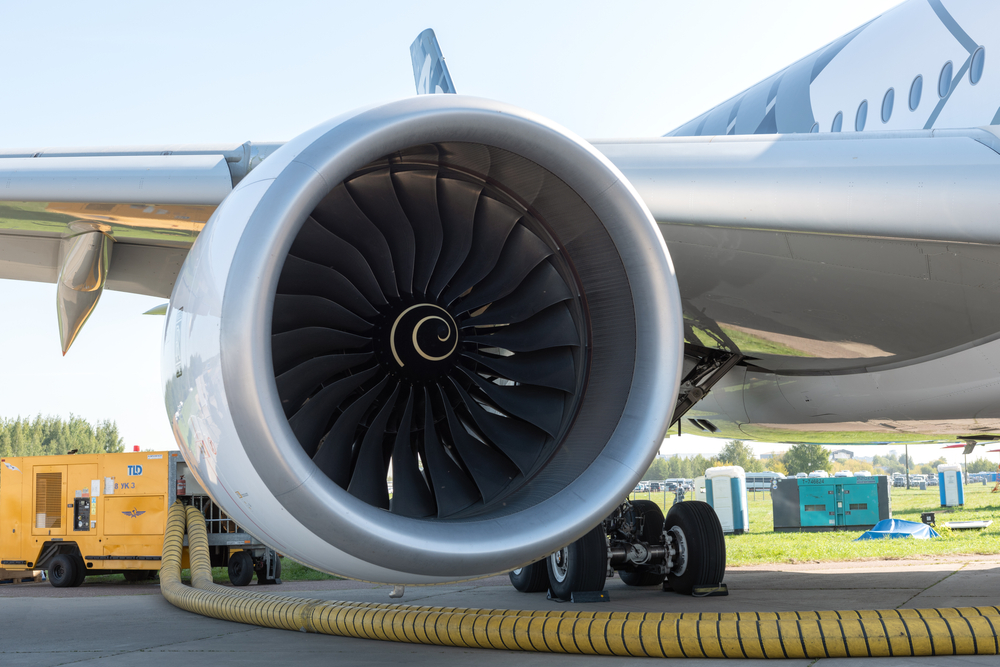Air Philippines Flight 541: Detailed Overview
Air Philippines Flight 541 was a domestic flight between Manila and Davao. It ended in tragedy on April 19, 2000. The aircraft was a Boeing 737-2H4. It crashed while attempting to land at Francisco Bangoy International Airport.
The Aircraft and Crew
The Boeing 737-2H4 involved was registered as RP-C3010. It was an older model of the highly popular Boeing 737 series. The plane’s crew consisted of two pilots and four flight attendants. Captain Emilio Manlapig had over 6,000 flight hours on the 737. Co-pilot Julian Donato had over 13,000 flight hours.
Flight Details
Flight 541 departed from Manila’s Ninoy Aquino International Airport at 5:21 AM. Scheduled arrival in Davao was at 7:05 AM. Onboard were 124 passengers and six crew members. Weather conditions were generally clear.
The Crash
At 7:03 AM, the flight crew attempted to land at Francisco Bangoy International Airport. The aircraft crashed into a coconut plantation in Barangay Camaman-an. All 131 passengers and crew died. It was the deadliest air disaster in Philippine history.
Investigation Findings
The Philippine government’s Aircraft Accident Investigation and Inquiry Board (AAIIB) conducted the investigation. Poor weather conditions and pilot error were initially suspected. Later findings pointed to several factors contributing to the crash.
Pilot Error
Reports indicated lapses in crew coordination and decision-making. The pilots failed to follow standard operating procedures. They improperly executed the landing approach. The cockpit voice recorder revealed confusion and lack of communication between the pilots.
Instrument Malfunction
The aircraft’s altimeter was found to be faulty. It gave incorrect data on the plane’s altitude. This misled the pilots during their approach. The malfunctioning instrument was not flagged during pre-flight checks.
Weather Conditions
While weather was mostly clear, there were reports of fog and low clouds near the approach path. Visibility was partially impaired. This added to the difficulties faced by the flight crew.
Safety Recommendations
The AAIIB made several recommendations post-investigation. Emphasis on improved crew training and adherence to standard procedures. Regular and thorough maintenance checks of all aircraft instruments. Installation of modern avionics and safety equipment.
Impact on Aviation Safety
The crash led to significant changes in aviation regulations in the Philippines. Airlines were required to upgrade their fleets. Stricter oversight on maintenance procedures was enforced. Crew training programs were enhanced. The Civil Aviation Authority of the Philippines (CAAP) implemented new safety protocols.
Memorial and Aftermath
A memorial for the victims of Flight 541 was erected. It stands as a reminder of the lives lost. Families of the victims received compensation. The disaster brought renewed attention to aviation safety in the region.
Legacy
Air Philippines Flight 541 remains a case study in aviation safety programs. It serves as a reminder of the importance of rigorous safety measures. Ensuring the reliability of flight instruments. Enhancing crew preparedness and response. The lessons learned continue to inform and improve aviation practices globally.
